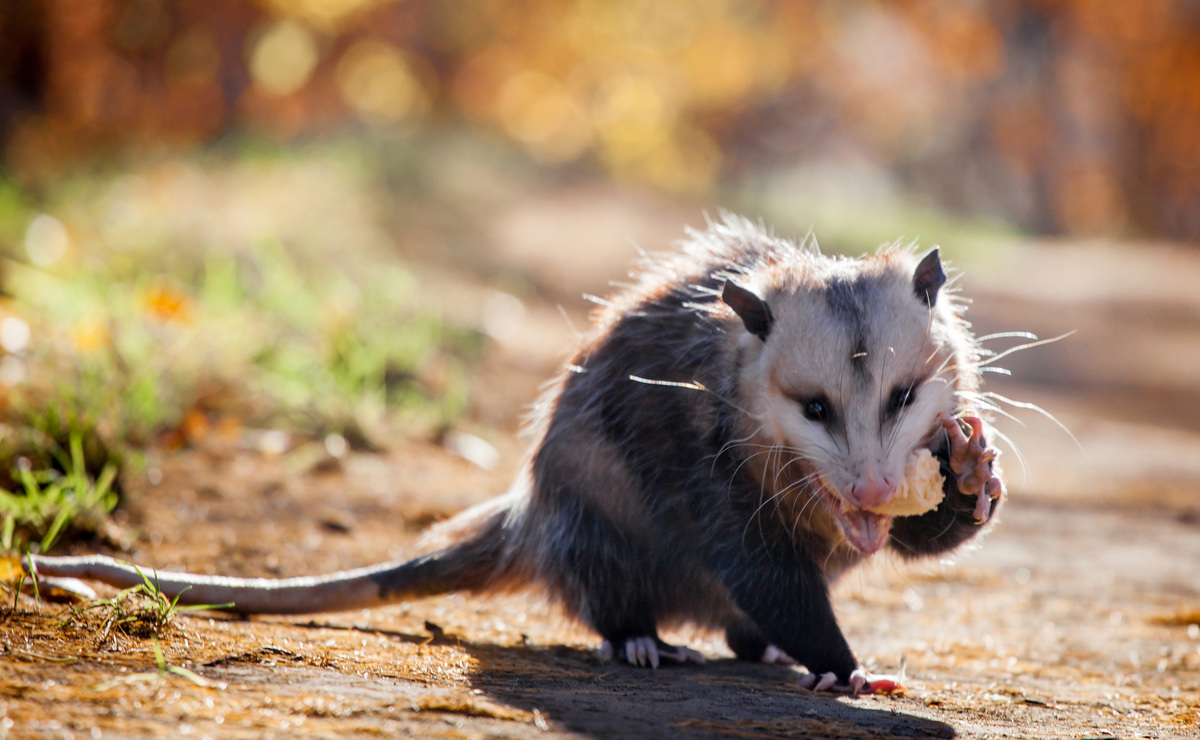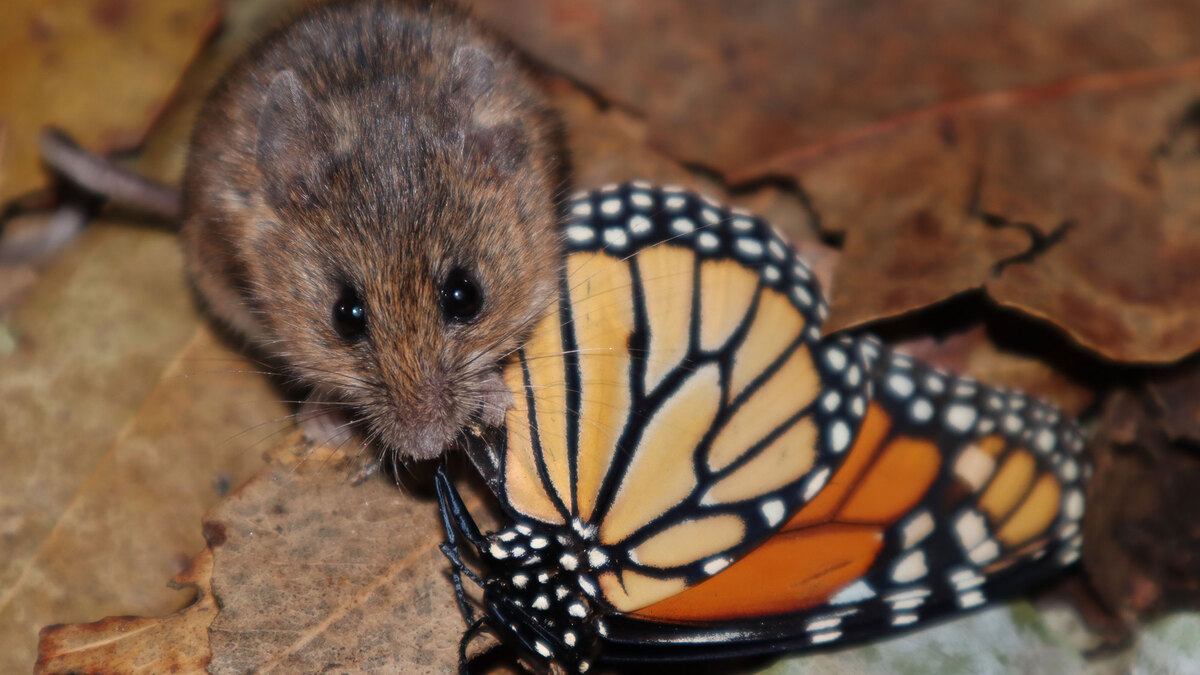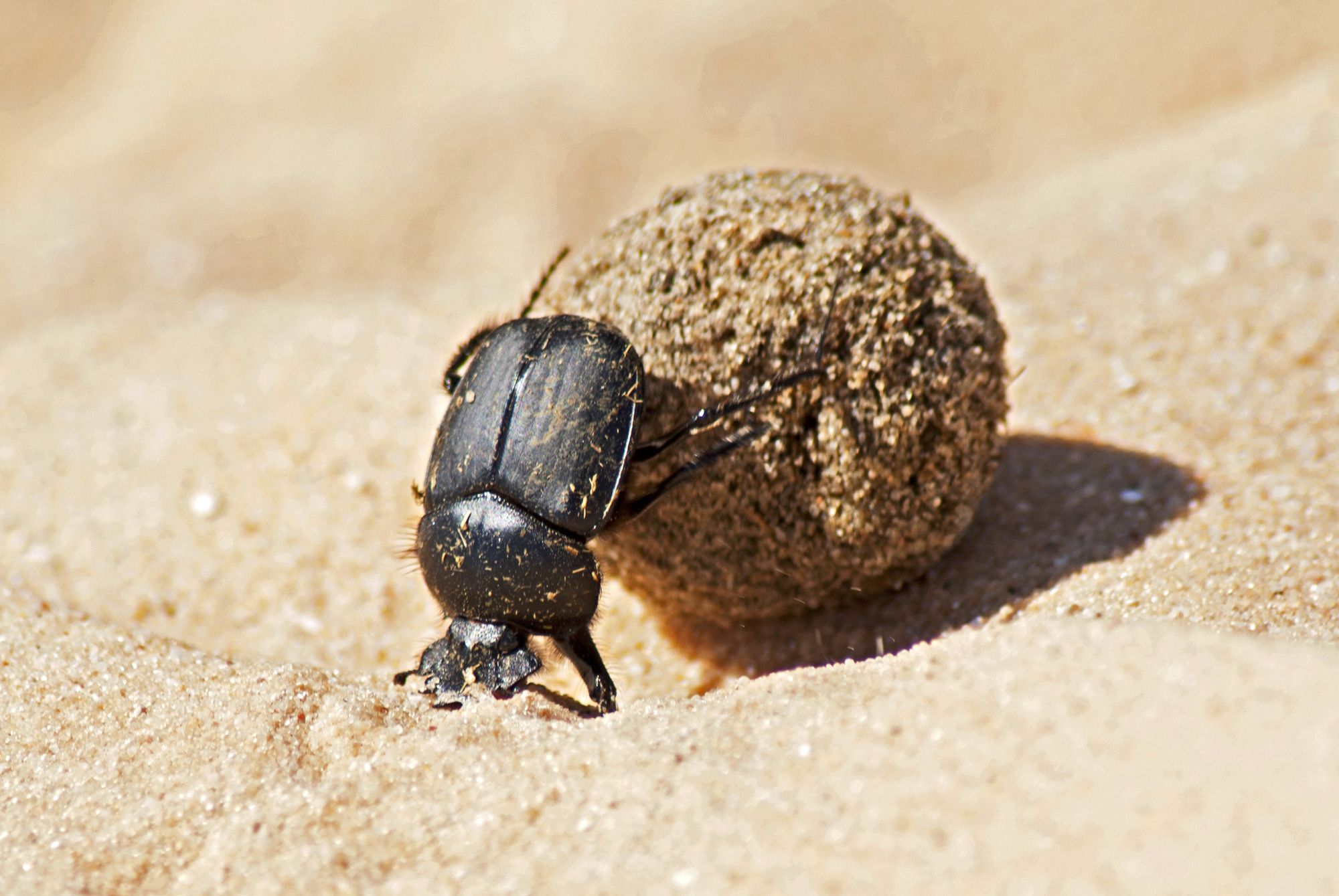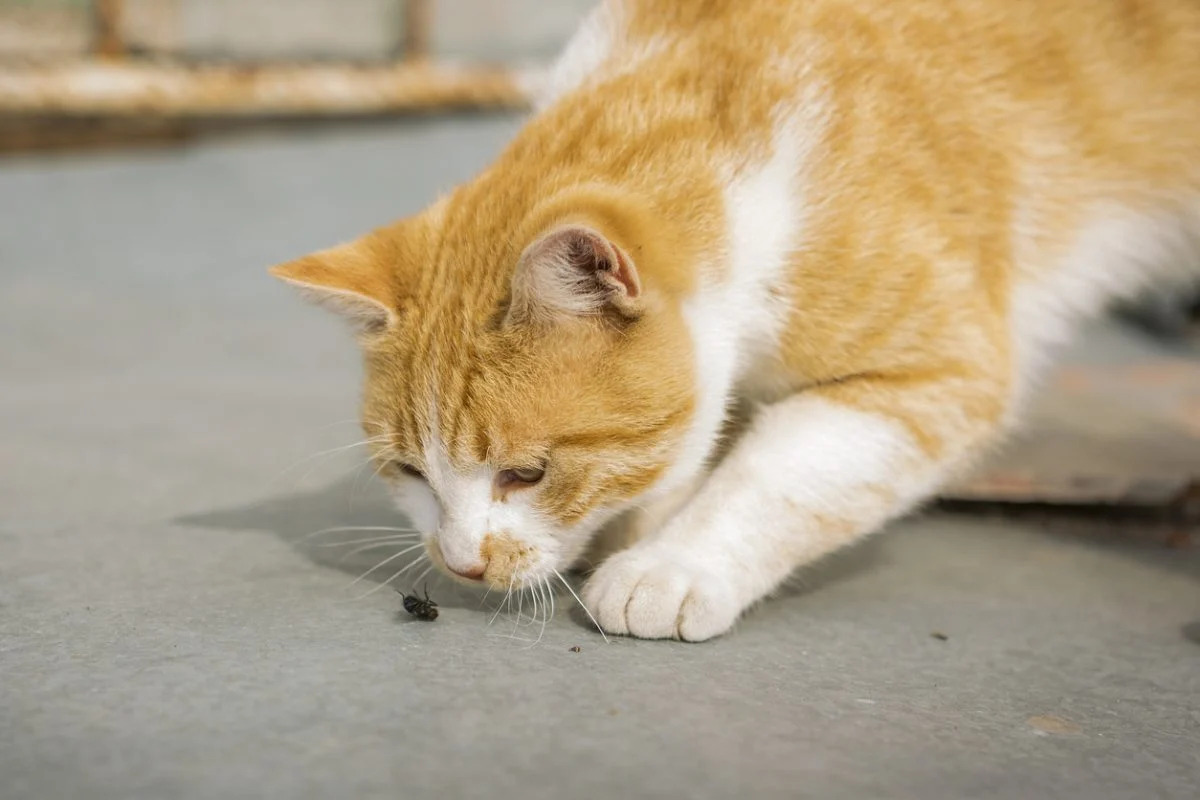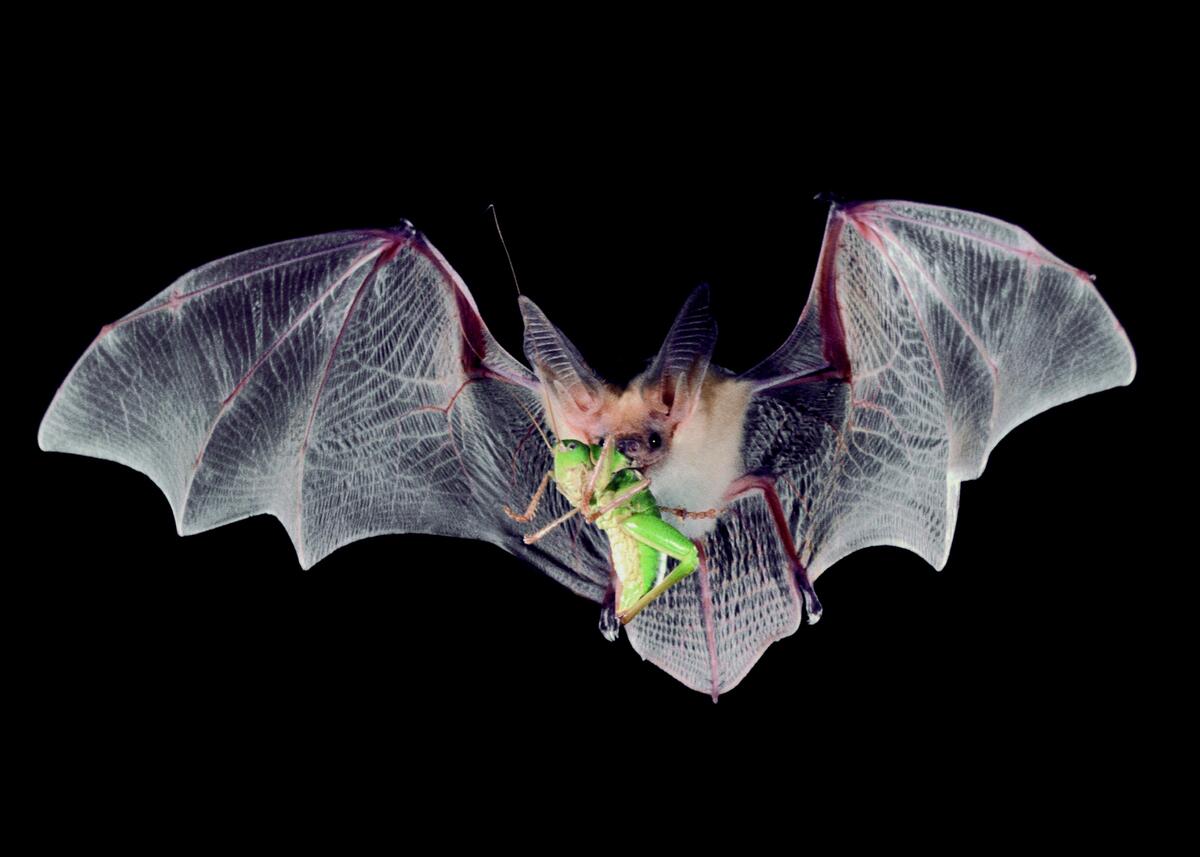Home>Gardening News and Trends>Latest News>Where Do People Eat Insects
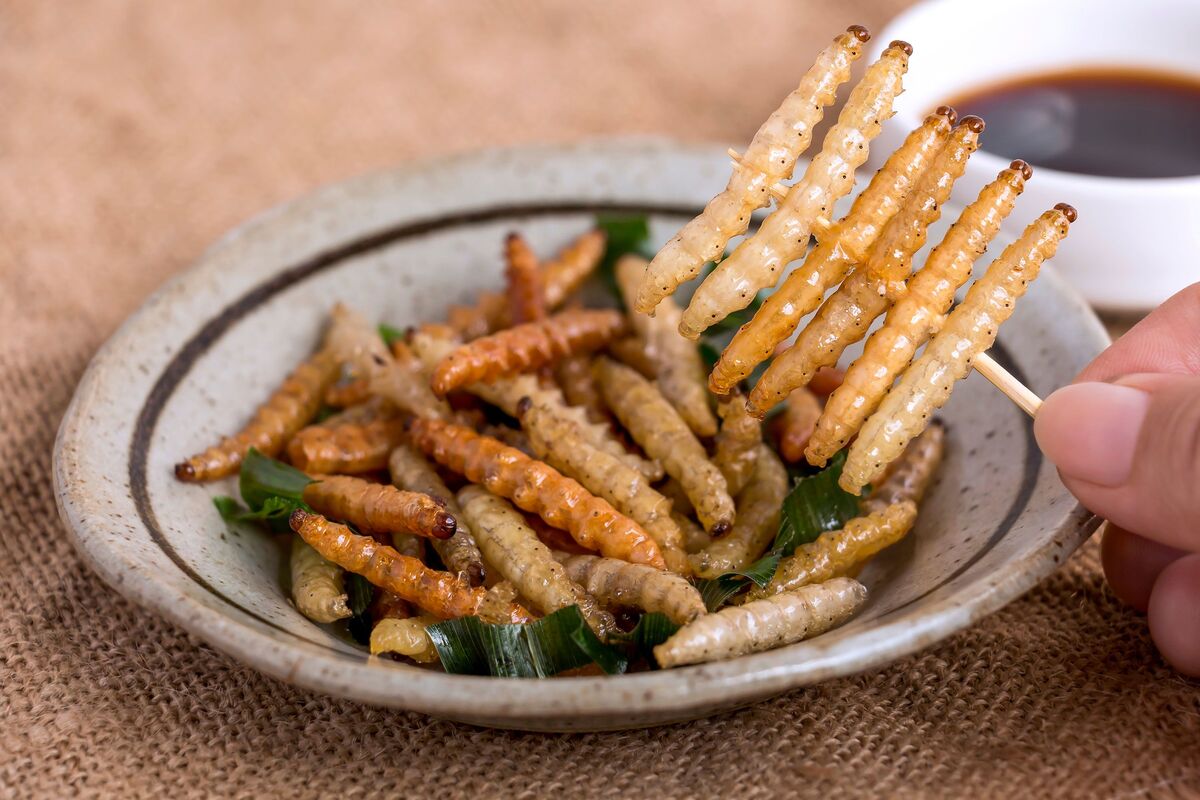

Latest News
Where Do People Eat Insects
Modified: January 22, 2024
Discover the latest news on where people eat insects and explore the fascinating world of insect cuisine.
(Many of the links in this article redirect to a specific reviewed product. Your purchase of these products through affiliate links helps to generate commission for Chicagolandgardening.com, at no extra cost. Learn more)
Table of Contents
- Introduction
- Cultural Practices and History of Insect Consumption
- Insects as a Sustainable Food Source
- Nutritional Value of Eating Insects
- Types of Insects Consumed around the World
- Popular Insect-Based Dishes
- The Rise of Insect-Based Food Products
- Environmental and Economic Benefits of Insect Consumption
- Barriers and Challenges to Widespread Insect Consumption
- Conclusion
Introduction
Insects have long been dismissed as mere pests or creepy crawlers, but in many cultures around the world, they are a delicacy and an integral part of traditional cuisines. The practice of eating insects, known as entomophagy, has deep historical roots and is gaining traction as a sustainable and nutritious food source.
While the idea of eating insects may seem unconventional to some, it is important to recognize that they have been a part of human diets for thousands of years. In fact, more than 2 billion people worldwide include insects in their regular meals, whether it’s fried crickets in Thailand, ant larvae soup in Mexico, or roasted beetles in Uganda.
One of the driving forces behind the increasing interest in insect consumption is the need for sustainable food sources. As the global population continues to grow, traditional protein sources such as livestock and fish are becoming increasingly unsustainable. Insects, on the other hand, offer a viable solution due to their abundance, high reproduction rate, and low environmental impact.
Furthermore, insects are rich in nutrients and can provide essential vitamins, minerals, and protein. They are often packed with beneficial fats, amino acids, and fiber, making them a valuable nutritional resource. In fact, some studies suggest that certain insect species have a higher nutritional value than traditional meat sources.
This article will explore the cultural practices and history of insect consumption, the nutritional value of eating insects, the types of insects consumed around the world, popular insect-based dishes, the rise of insect-based food products, the environmental and economic benefits of insect consumption, as well as the barriers and challenges to widespread insect consumption. By the end, you’ll have a better understanding of why people eat insects and the potential impact it can have on food sustainability.
Cultural Practices and History of Insect Consumption
While the idea of eating insects may elicit mixed reactions in many Western countries, it is important to recognize that insect consumption has been practiced by various cultures throughout history. In fact, insects have been a part of human diets for thousands of years.
Many indigenous populations have a long-standing tradition of incorporating insects into their diet. In regions like Central and South America, insect consumption has roots in pre-Columbian civilizations, such as the Mayans and Aztecs. Insects were not only considered a vital food source but were also viewed as a symbol of wealth and status.
In Asian countries like Thailand, Cambodia, and China, eating insects is deeply ingrained in culinary traditions. In Thailand, street food vendors offer a wide variety of insect snacks, including fried crickets, silkworm pupae, and bamboo worms. These snacks are not only popular among locals but also draw curious tourists eager to explore the country’s unique food culture.
In Africa, insects have long been an important source of sustenance for many indigenous populations. In countries like Kenya, Uganda, and Nigeria, insects like termites, grasshoppers, and palm weevil larvae are frequently collected and consumed. They are often harvested during specific seasons and are regarded as a seasonal delicacy.
The cultural significance of insect consumption goes beyond mere sustenance. In some societies, eating insects is associated with religious rituals, fertility rites, and social bonding. In certain communities, it is believed that consuming specific insects can bring good luck or ward off evil spirits.
In recent years, insect consumption has gained attention in Western countries as well. While not deeply rooted in their cultural practices, there is a growing interest among adventurous eaters and advocates for sustainable food systems. Efforts are being made to introduce edible insects into mainstream cuisine, with chefs experimenting with insect-based dishes in high-end restaurants.
Understanding the cultural practices and history of insect consumption provides valuable insights into the significance of insects as a food source. It highlights the diverse ways in which insects have been integrated into culinary traditions and the rich cultural significance they hold for different societies.
Insects as a Sustainable Food Source
As the global population continues to grow, the search for sustainable food sources becomes increasingly important. Traditional protein sources such as livestock and fish require significant resources, including land, water, and feed. Insects, however, have the potential to overcome many of these challenges and emerge as a highly sustainable food source.
One of the major advantages of insects is their remarkable efficiency in converting feed into edible biomass. While cows require large amounts of feed to produce a comparatively small amount of meat, certain insects, such as crickets and mealworms, have a much higher feed conversion efficiency. They can convert feed into protein at a rate of up to 12 times higher than that of cattle.
In addition, insects require significantly less land and water compared to traditional livestock. The production of beef, for example, requires vast amounts of grazing land and water resources. Insects, on the other hand, can be raised in vertical farms or small-scale environments, reducing the environmental footprint associated with their production.
Furthermore, insects produce fewer greenhouse gas emissions compared to traditional livestock. The digestive systems of cows and other ruminants produce methane, a potent greenhouse gas. In contrast, insects have a much lower impact on climate change, making them a more environmentally friendly option.
Another advantage of insects is their ability to thrive on organic waste materials. Many insect species can be reared on agricultural byproducts, food scraps, and other organic waste streams. This not only reduces the need for landfills but also provides a sustainable solution for waste management.
The versatility of insects as a food source is also worth noting. They can be consumed as whole insects or processed into powders, pastes, or protein-rich ingredients. This adaptability opens up possibilities for incorporating insects into a wide range of food products, from protein bars to pasta sauces.
Overall, insects have the potential to address the sustainability challenges in our current food system. Their high feed conversion efficiency, minimal land and water requirements, lower greenhouse gas emissions, and ability to utilize organic waste make them a compelling alternative to conventional protein sources.
Nutritional Value of Eating Insects
While the idea of consuming insects may be met with skepticism, it is important to recognize the significant nutritional value they offer. Insects are packed with essential nutrients, making them a valuable addition to a well-balanced diet.
First and foremost, insects are an excellent source of high-quality protein. Protein is essential for building and repairing tissues, producing enzymes and hormones, and supporting healthy immune function. In fact, many insects contain comparable or even higher protein content than traditional meat sources. For example, crickets and mealworms boast protein content of around 50-60% by dry weight.
Insects also provide essential vitamins and minerals. They can be a rich source of micronutrients such as iron, calcium, zinc, and B vitamins, including vitamin B12. Iron is crucial for oxygen transportation in the body, while calcium is essential for bone health. Zinc is important for immune function and wound healing, and B vitamins play a key role in energy metabolism.
In addition to macronutrients and micronutrients, insects are often rich in beneficial fats. Some insect species contain high levels of unsaturated fatty acids, including omega-3 and omega-6 fatty acids, which are known to have numerous health benefits. These fatty acids play a vital role in heart health, brain function, and inflammation regulation.
Fiber is another valuable component found in many insects. Dietary fiber is important for digestive health, as it aids in regular bowel movements and promotes a healthy gut microbiome. Insects such as mealworms which are fed on high fiber diets, can contain significant amounts of dietary fiber.
Furthermore, insects are often free from harmful additives, hormones, and antibiotics that are commonly found in conventional meat products. This makes them a cleaner and healthier food option for consumers.
While the nutritional composition can vary across different insect species, it is clear that insects can offer a diverse array of beneficial nutrients. Integrating insects into our diets can contribute to meeting our nutritional needs while diversifying our protein sources.
Types of Insects Consumed around the World
When it comes to insect consumption, there is a staggering variety of species that are consumed worldwide. Different cultures have distinct preferences for specific insects based on availability, cultural traditions, and taste preferences. Here are some of the most commonly consumed insects across different regions:
1. Crickets: Crickets are one of the most widely consumed insects globally. They are rich in protein, have a mild nutty flavor, and can be used in various dishes such as stir-fries, snacks, and protein powder.
2. Mealworms: Another popular choice, mealworms are the larval form of darkling beetles. They have a slightly earthy taste and are often used in baking, cooking, and as a topping for salads or soups.
3. Locusts and Grasshoppers: Locusts and grasshoppers are consumed in many parts of Africa, Asia, and Central and South America. They are often fried, roasted, or used in soups and stews.
4. Silkworms: Silkworm larvae are commonly eaten in countries like China, Thailand, and Korea. They have a soft texture and are often used in stir-fried dishes or enjoyed as a crunchy snack.
5. Ants: Different ant species are consumed in various regions. Ant eggs, known as “escamoles,” are highly prized in Mexico and are often used in omelets or tacos.
6. Termites: Termites are a popular choice in many African countries. They are often fried or roasted and are known for their rich, nutty flavor.
7. Waxworms: Waxworms are the larvae of wax moths and are common in North America and Europe. They have a sweet taste and are often used as a snack or in baking recipes.
8. Beetles: Beetles come in many forms and are consumed in different regions. Some popular examples include dung beetles, palm weevils, and water beetles.
9. Silverside (Silverfish): Silverside is a common insect consumed in parts of Africa and Asia. It is often dried and used in soups, stews, and sauces.
10. Cicadas: Cicadas are enjoyed in many countries, including China, Japan, and the United States. They are often deep-fried or stir-fried and are prized for their meaty texture.
These are just a few examples of the diverse range of insects that are consumed globally. Each insect species offers its own unique taste and texture, and their incorporation into traditional dishes has been an integral part of various cultures for centuries.
Popular Insect-Based Dishes
As insect consumption gains traction worldwide, a plethora of inventive and delicious insect-based dishes have emerged. These dishes showcase the versatility of insects as a culinary ingredient and highlight the creative ways in which they can be incorporated into various cuisines. Here are some popular insect-based dishes from around the world:
1. Fried Crickets (Thailand): One of the iconic insect dishes in Thailand is crispy fried crickets. These crunchy morsels are typically seasoned with spices and served as a street food snack.
2. Chapulines Tacos (Mexico): Chapulines, or grasshoppers, are a staple in Mexican cuisine. They are usually sautéed with garlic, lime, and chili peppers and served as a filling in tacos or sprinkled on top of dishes.
3. Mealworm Stir-Fry (China): Mealworms, often stir-fried with vegetables and soy sauce, are a popular dish in China. The mealworms provide a subtle nutty flavor and a delightful texture.
4. Mopane Worms (Africa): Mopane worms are large caterpillar larvae found in Southern Africa. They are typically dried, seasoned, and either eaten as a snack or added to stews and curries.
5. Sago Grubs (Southeast Asia): Sago grubs, the larvae of palm weevils, are commonly consumed in Malaysia and other Southeast Asian countries. They are often cooked with spices and coconut milk to create a flavorful dish.
6. Escamoles Omelette (Mexico): Escamoles, the eggs of ants, are considered a delicacy in Mexico. They are usually sautéed with butter, onions, and chili peppers, and folded into an omelette.
7. Bee Larvae Salad (Thailand): In Thailand, bee larvae are often enjoyed as a salad. They are lightly blanched and mixed with fresh herbs, lime juice, and a sweet and tangy dressing.
8. Cricket Energy Bars (United States): Insect-based energy bars have gained popularity in the United States. These bars combine protein-rich cricket powder with nuts, seeds, and dried fruits to create a nutritious and sustainable snack.
9. Fried Silkworm Pupae (Korea): Silkworm pupae are commonly enjoyed as a snack in South Korea. They are deep-fried until crispy and seasoned with salt or other spices.
10. Bamboo Worms (Thailand): Bamboo worms are often fried and enjoyed as a crunchy and flavorful snack in Thailand. They are commonly seasoned with a mix of spices and are known for their unique texture.
These are just a few examples of the diverse and exciting insect-based dishes from around the world. As more people embrace the idea of incorporating insects into their diets, the creativity and variety of insect-based culinary creations continue to expand.
The Rise of Insect-Based Food Products
As the global interest in sustainable and alternative food sources grows, there has been a notable rise in the availability of insect-based food products. From protein bars to pasta, entrepreneurs and food companies are embracing insects as a novel and eco-friendly ingredient. This shift towards insect-based food products offers both environmental and nutritional benefits.
One of the most popular uses of insects in food products is as a source of protein. Insect protein powders and flours, derived from crickets, mealworms, and other edible insects, are gaining popularity as a sustainable alternative to traditional animal-based protein powders. These powders can be easily incorporated into a variety of recipes, including smoothies, energy bars, and baked goods.
The use of insect protein in food products has several advantages. It provides a complete protein source with all essential amino acids, making it a valuable alternative for individuals following plant-based or vegetarian diets. In addition, insect protein tends to be more sustainable, requiring significantly less land and water compared to traditional livestock.
Insect-based food products are not limited to protein powders. Companies are also using insects to create innovative snacks and condiments. For example, cricket chips and crackers are an increasingly popular snack option. These products often combine cricket flour with other ingredients to create a crispy and flavorful snack that is both nutritious and sustainable.
Insect-based condiments, such as sauces and seasonings, have also gained traction in the culinary world. Some examples include cricket salt, which is made by grinding dried crickets with salt, and insect-based hot sauces that add a unique kick to various dishes.
Furthermore, insects are being incorporated into traditional food products such as pasta, burgers, and even insect-based pet food. Insect-based pasta provides a higher protein content while reducing the environmental impact associated with traditional wheat production. Insect-based burgers offer a sustainable alternative to beef, with some companies combining insects with plant-based ingredients to create a nutritious and eco-friendly patty.
Overall, the rise of insect-based food products reflects a growing recognition of the sustainability and nutritional benefits of incorporating insects into our diets. These products provide an opportunity to diversify our protein sources, reduce our ecological footprint, and promote a more sustainable food system.
Environmental and Economic Benefits of Insect Consumption
Embracing insect consumption as a mainstream practice offers numerous environmental and economic benefits. By incorporating insects into our diets, we can foster a more sustainable and resilient food system.
One of the key environmental advantages of insect consumption is the reduced ecological impact compared to traditional livestock production. Insects require significantly less land to rear, minimizing deforestation and habitat destruction. They also have a smaller water footprint, mitigating the strain on limited freshwater resources. Additionally, insect farming produces fewer greenhouse gas emissions compared to conventional agriculture, further combating climate change.
Insects have the ability to thrive on organic waste materials. Utilizing food scraps, agricultural byproducts, or even animal manure as feed for insects not only reduces waste but also offers a solution for effective waste management. Insect farms can contribute to the circular economy by converting waste into valuable protein and nutrients.
Furthermore, insect farming requires less input in terms of feed, water, and resources compared to traditional livestock farming. Insects are highly efficient at converting feed into edible biomass and can be reared in vertical farms or small-scale environments, reducing the need for vast expanses of land. This efficiency leads to reduced resource consumption and lower costs associated with production.
Economically, insect farming has the potential to create new opportunities for farmers and entrepreneurs. Insect farming can provide a sustainable income source, particularly in regions where traditional agriculture may be challenging due to limited resources or climate constraints. It can also generate employment opportunities within the insect cultivation, processing, and distribution sectors.
In addition, the growing demand for insect-based food products has the potential to stimulate local economies. As the market for insect consumption expands, new businesses and value chains can emerge, creating jobs and boosting economic growth.
Furthermore, insect farming can contribute to food security in regions with limited access to traditional protein sources. Insects are abundant and can be grown at a smaller scale, enabling communities to produce their own sustainable protein sources locally.
Overall, embracing insect consumption offers promising environmental and economic benefits. From reducing environmental impact to providing economic opportunities and addressing food security, the integration of insects into our food system can pave the way for a more sustainable and resilient future.
Barriers and Challenges to Widespread Insect Consumption
While there is a growing interest in insect consumption, there are still several barriers and challenges that inhibit its widespread adoption. These factors need to be addressed in order to overcome the cultural, regulatory, and perceptual hurdles associated with insect consumption.
One of the major barriers is the cultural aversion and stigma surrounding the idea of eating insects. In many Western countries, insects are often associated with filth or disease, making it difficult to change deeply ingrained perceptions. Overcoming this aversion requires education, awareness campaigns, and exposure to different cultural practices where insect consumption is considered normal and acceptable.
Regulatory frameworks and food safety standards also pose challenges for the insect industry. Insect farming and processing may not always fit within existing regulations, which are primarily designed for conventional agricultural practices. Governments and regulatory bodies need to adapt and create appropriate guidelines to ensure the safety and quality of insect-based food products without stifling innovation or imposing excessive restrictions.
Additionally, the availability and affordability of insect-based products can be a challenge. Currently, the production of insect-based food products is relatively small-scale, which makes them more expensive compared to conventional protein sources. Scaling up production and optimizing farming techniques can help reduce costs and make insect-based products more accessible to a broader range of consumers.
Another hurdle is the lack of efficient supply chains for insect products. Currently, there is a limited infrastructure for the distribution and retailing of insect-based foods. Building a robust supply chain, including efficient processing, packaging, storage, and distribution, is crucial for increasing the availability and accessibility of insect-based products in both local and global markets.
Consumer education is another challenge that needs to be addressed. In order to embrace insect consumption, consumers need to be informed about the nutritional value, environmental benefits, and culinary applications of insects. Raising awareness through educational campaigns, cooking demonstrations, and tastings can help familiarize consumers with insects as a viable and sustainable food choice.
Lastly, the lack of standardization in labeling and certification for insect-based products can create confusion and distrust among consumers. Establishing clear guidelines for labelling and certification can enhance transparency and build consumer confidence in insect-based food products.
In summary, barriers to widespread insect consumption include cultural aversions, regulatory challenges, high costs, limited supply chains, lack of consumer education, and labeling and certification issues. Overcoming these barriers requires collaborative efforts from diverse stakeholders, including governments, industry players, consumer advocates, and educational institutions.
Conclusion
As the world grapples with the challenges of population growth, climate change, and food security, exploring alternative and sustainable food sources becomes increasingly vital. Insect consumption has emerged as a promising solution, offering a wide range of benefits for both our planet and our own nutritional needs.
Throughout history, insects have been a part of human diets in various cultures, reflecting their rich cultural significance and nutritional value. They provide a sustainable source of protein, vitamins, minerals, and beneficial fats, often surpassing conventional meat sources in nutritional composition.
The rise of insect-based food products showcases the versatility of insects as an ingredient and presents exciting opportunities for culinary creativity. From crispy fried crickets to protein-packed energy bars, insects are being incorporated into a range of appetizing dishes that cater to diverse palates.
Insect consumption offers numerous environmental advantages, including reduced land and water requirements, lower greenhouse gas emissions, and the ability to utilize organic waste streams. By embracing insects as a food source, we can reduce the strain on natural resources and contribute to a more sustainable and resilient food system.
However, there are challenges to overcome before widespread insect consumption can become a reality. Cultural aversions, regulatory frameworks, affordability, supply chain logistics, consumer education, and labeling standards are all barriers that need to be addressed to increase public acceptance and accessibility of insect-based food products.
In closing, embracing insect consumption presents an exciting opportunity to rethink our approach to food production and consumption. By recognizing the cultural practices, nutritional value, and environmental benefits of insects, we can pave the way for a more sustainable and resilient future. It requires collective efforts from individuals, communities, governments, and food industries to create a society that embraces the potential of insects as a vital part of our food system.


